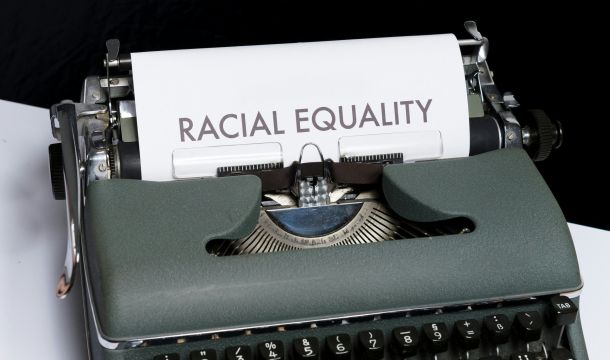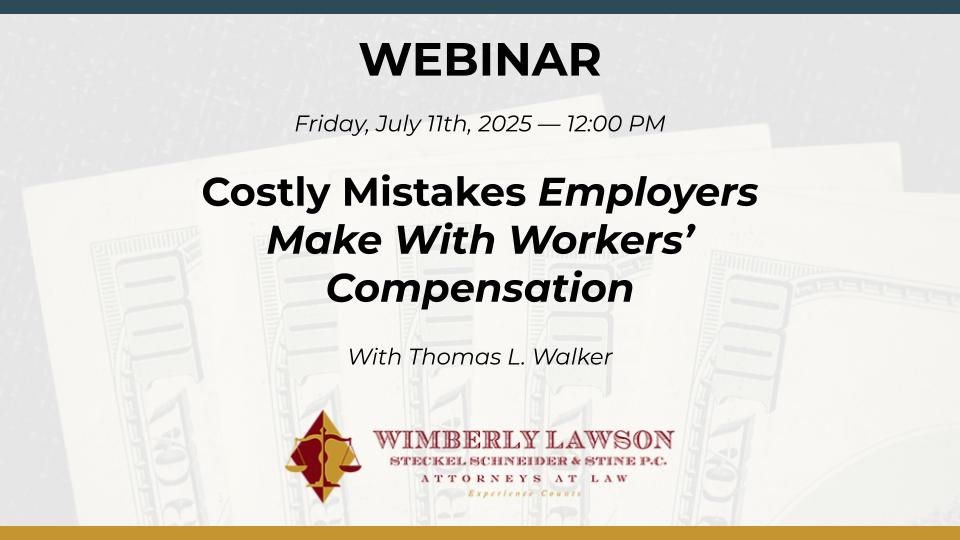PAY EQUITY DATA MAY BE REQUIRED FOR EEO-1 REPORTS
In 2016, the EEOC mandated that a significant amount of pay data be submitted by employers with their EEO-1 annual reports. The new report form required employers to enumerate employee demographics by pay-band - the various pay bands and persons in those bands would be summarized by race, sex and national origin.
In 2017, the Trump Administration suspended the data collection. The National Women's Law Center sued, arguing it would be harmed by being deprived of the data to identify pay disparities. On March 4, 2019, a federal district court in the District of Columbia reinstated the pay data collection, ruling that the Administration's Office of Management Budget (OMB) rescission of its prior approval and subsequent stay were unlawful under the Administrative Procedure Act. The judge ordered the EEOC to begin collecting this large amount of pay data in a compressed time frame. The EEOC told the judge in early April that it could collect employee pay data by a deadline of September 30, 2019, under certain circumstances. Employer groups indicated to the judge that it would take at least 18 months to comply, "the amount of time EEOC originally provided when the Component 2 Form was issued in September 2016" to comply with the reinstated ruling.
As of the date this article went to press, there is no firm deadline set for compliance. The judge hearing the case does not appear sympathetic with the EEOC or any employer group seeking a postponement, at least beyond September 30, 2019. There is great significance to this September 30, 2019 date, as normally following a regulation there are three years for an OMB ruling on the regulation, beyond which time the authorization of the regulation expires. Thus, there is an argument that there is no authority for collecting the pay data after September 30.
The collection process itself could cost some $400 million. There is further concern because the EEOC may share the data with OFCCP, and the OFCCP may be subject to open records requests from third parties seeking the pay data it possesses on employers. The prior administration had planned to publicize summary data concerning the information in the aggregate, and technically the EEOC could go further, particularly in future administrations. The government's own studies have indicated that this type of aggregate pay data without information such as workers' experience, education and prior salary, is of no use to show any type of discrimination. Nevertheless, the information could be sought by plaintiffs' groups and used in publicity campaigns and plaintiff lawsuits.
If the requirement goes into effect, questions arise as to what the remedy would be should employers fail to file the pay data. The normal EEOC remedy is simply a requirement to file the data, but OFCCP has the authority to go further, including theoretically, debarment from government contracts. There is an undue hardship exemption to filing the report, but there is little guidance on whether the exemption could apply in this situation.
The EEOC as of this writing does not have a quorum, leaving unclear whether it can delay the deadline itself. The EEOC has told the judge in pending litigation EEOC cannot possibly receive the pay data before September 30, 2019, so the judge may very well set this date as the compliance date for the pay data. The EEOC's position with the court does not impact the filing of EEO-1 demographic data, known as Component 1, and that filing date for 2018 is still May 31, 2019. The pay data portion of the form, Component 2, will likely not be due until later, possibly September 30.
Employers should "stay tuned" to further developments in this area.
Related Content
Get Email Updates
Recent Content

Heat Safety Rule Appears to Be Moving Forward

Federal Government to Drop Disparate Impact Basis for Discrimination Claims

E-Verify+

How the DOJ and EEOC Guidance Affects DEI Programs

Survey Shows Top Employer Concerns Are DEI and Immigration Changes

